Atmosphere – Solar Radiations, Heat Budget, Temperature Inversion
by Devender
0 1407
The atmosphere of earth is much more to understand than to just its composition and structure.
Atmosphere – Solar Radiations, Heat Budget, Temperature Inversion
- Solar Radiations:
- Specific Heat:
- Heat Budget:
- Isotherms:
- Diurnal/Daily Range of Temperature:
- Annual Range of Temperature:
- Air Drainage Temperature Inversion:
- Radiation Temperature Inversion:
- Advection Temperature Inversion:
- Frontal Temperature Inversion:
It is maximum at the equator and minimum at poles because of the earth’s inclination & its spherical shape due to which Sunrays fall perpendicular to the equator. The more the thickness/wideness of the atmosphere, the greater will be the scattering, reflection & absorption by the atmosphere which will reduce the intensity of insolation on the earth’s surface.
Beam if Sun rays fall perpendicular on the equator, so, if sun rays have to cross 1 unit of the atmosphere at the equator then, it has to cross 44.7 units at poles. It is the reason why Insolation received per unit area is maximum at the equator while being minimum at poles.
The specific heat of water or heat capacity is 5 times that of the earth's surface. It means when the same amount of heat is applied to water and the earth's surface, the earth's surface will heat up 5 times more than that of water and vice versa if heat is drawn which lets the earth's surface gets heated and cooled more rapidly than the water surface.
Specific Heat is the energy required to raise the temperature of 1 gm of substance by 1 Degree C. The rate of heating is different for water and land as water is transparent to sunrays and always in motion so, the heat is absorbed slowly and is distributed among a large depth & area.
Earth maintains its temperature by maintaining the amount of heat received by it in form of insolation equal to the amount of heat radiated by it through terrestrial radiation. This gain & loss of heat other called balance of heat is known as the Heat Budget.
Heat received:
100% Solar radiations come from the sun out of which 35% is returned back to the atmosphere in a short waveform. 14% is absorbed by the atmosphere by mostly water vapor, dust, and Gases. 51% is available to earth. So, only 65% of total insolation is available.
Clouds act as mirrors, they reflect back sunlight in different directions rather than absorbing it which is permanently lost for the earth.
Heat Radiated:
51% is returned from the earth as longwave radiation out of 17% is radiated from the earth's surface and 34% is absorbed by the atmosphere. So, 48% absorbed by the atmosphere is radiated to space by the atmosphere.
Hence, Total Heat Received = Total Heat Radiated
Temperature Variation
Normally, temperature decreases from the equator to poles and each latitude has its own temperature but other factors also affect the temperature of a place such as an altitude, oceanic currents, prevailing winds, etc. So, there is a difference between the temperature of a place & the mean temperature of its parallel which is known as temperature/thermal anomaly.
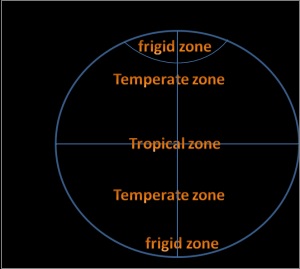
If the expected temperature of a place minus from actual temperature of that area is negative then it is called a negative anomaly and if it is positive then it is called a positive anomaly. Due to more water area in Southern Hemisphere, there are only smallest anomalies present there whereas due to more land area in the northern hemisphere, it notices largest of anomalies.
These are imaginary lines joining places having equal temperatures and to eliminate the effect of altitude the areas are reduced to sea levels. These lines run almost parallel to latitudes but are modified somewhat due to the influence of land and sea.
Over any land, the temperature over landmass is higher in summer & lower in winters compared to the temp. oversea. Therefore, the isotherms while crossing from landmass to oceans bend a little and vice versa.
In January, there is winter in Northern Hemisphere and summer in the Southern, so the air over the ocean is warmer than the landmasses in the northern hemisphere.
Hence, isotherms bend equator-ward while crossing the landmasses and polewards while crossing the oceans. The distance between the isotherms represents the rate of change of temperature. Therefore, closely spaced isotherms indicate a rapid change in temp. & vice versa.
It is the difference between maximum temperature during the day and minimum temperature during the night. It is high at the equator and reduces towards poles. However, it is a minimum near the sea cost because of the moderating effect of the sea and the Deserts have a high diurnal range of temperature because sand absorbs and radiates heat quicker than the land.
Cloud covers reduce the daily range of temperature as clouds reflect back the incoming radiation during daytime and outgoing ones during nighttime.
It is the difference between the average temperature of the hottest month and the coldest month of the year. It is minimum at the equator and maximum at poles.
Temperature Inversion
Normally, the temperature of the atmosphere falls with rising altitude however, there are certain conditions under which the temperature increases instead of decreasing. It means that the air near the earth's surface is cooler than that of a higher place. The factors favoring this condition are Long nights, Clear sky, Stable weather, Dry air and Ice cover.
During the long winter nights in the mountain valleys, the air on higher slopes becomes cool and dense quickly due to which it moves down the slope, settling at the bottom of the valley and moving the warmer air up. So, the temperature at the bottom of the valley reached below freezing point while the air on higher slopes becomes warmer. As a result, the trees at the lower slopes are frostbitten than those at higher slopes.
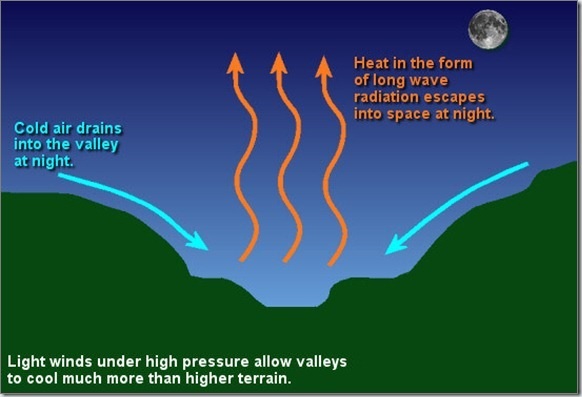
Hence, the houses and farms in mountain valleys are situated on higher slopes avoiding the cold, foggy valley bottoms and the air pollutants like dust, smoke, etc. do not disperse at the bottom of the valley because of this reason.
It occurs in areas where there is rapid colling of the earth's surface occurs due to intense radiation from the earth's surface making the air close to the earth's surface cooler than the air at a higher elevation which generally occurs in winters.
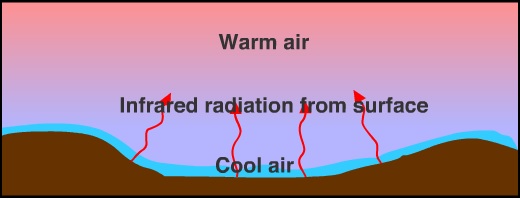
It happens in areas where warmer air blows over colder surfaces such as Snow-covered areas.
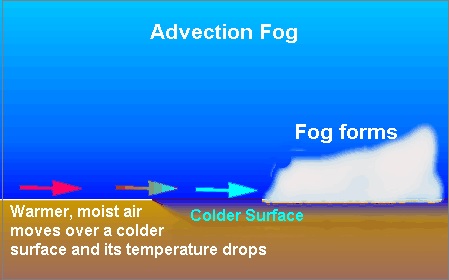
It happens when warm air mass rises over cold air mass which generally occurs in mid-latitudes where cold polar air mixes with warm subtropical air mass generating a lot of fog.
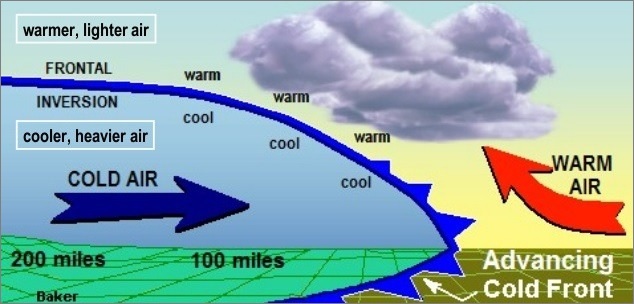

Share:

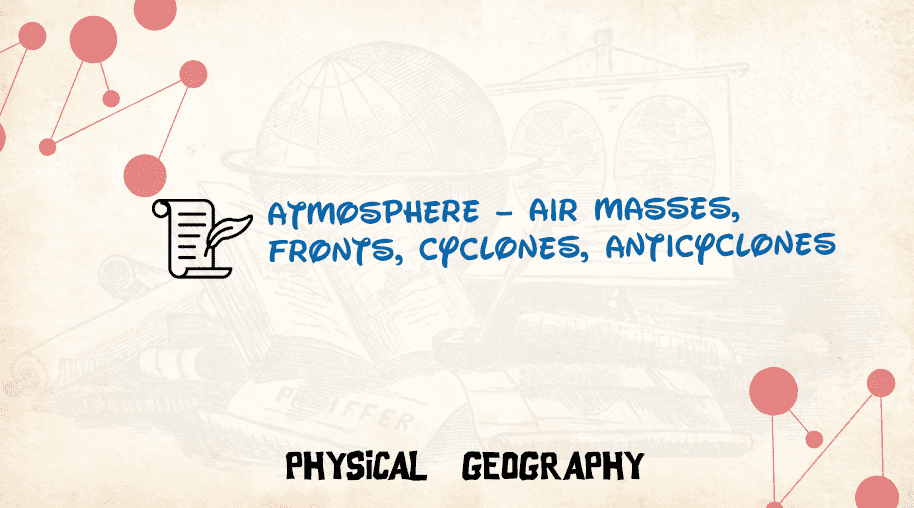
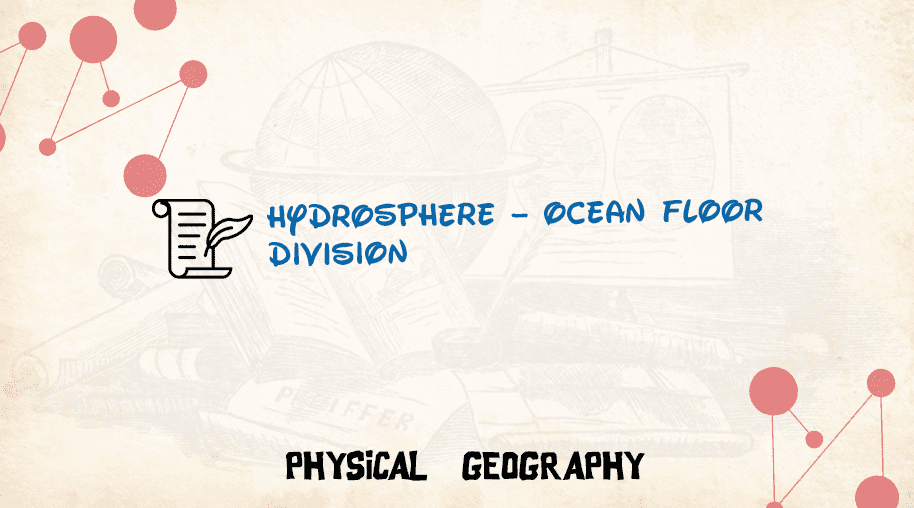

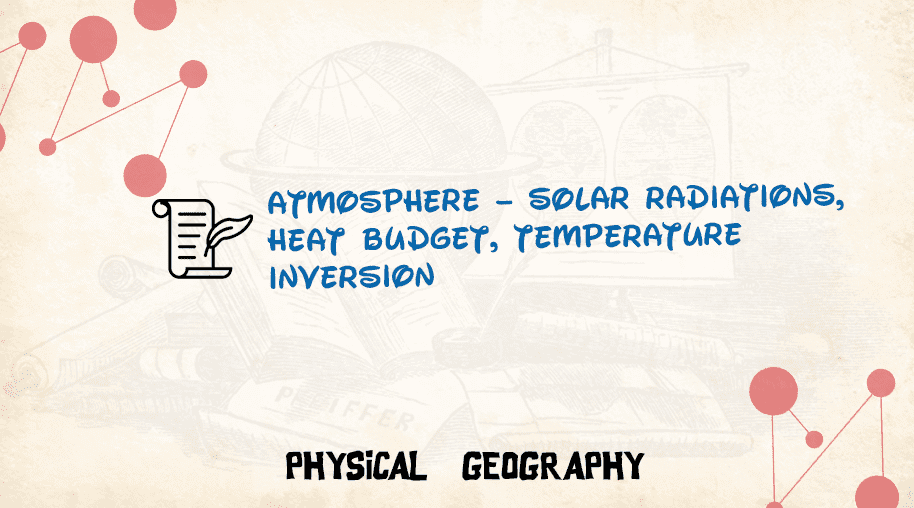


Comments
Waiting for your comments